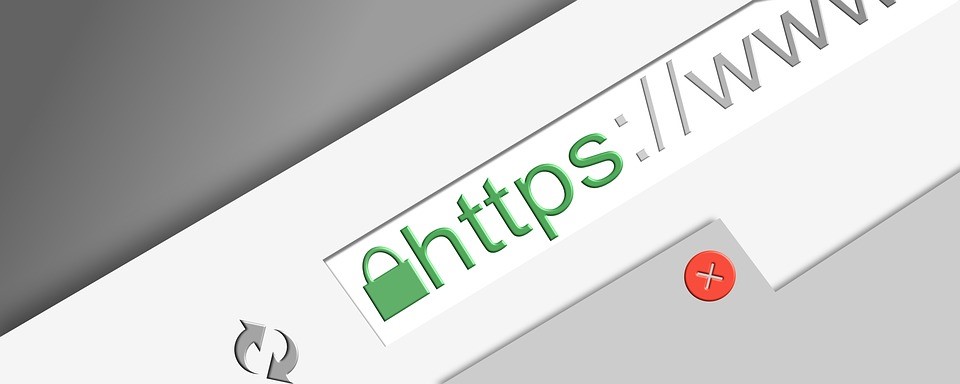In today’s digital world, it’s crucial to ensure the security of your website and the information transmitted through it. Taking the seemingly basic data protection measures like ensuring that you have an SSL certificate installed, for granted can lead to devastating and costly consequences.

As evidenced by the latest numbers, in 2022, the average cost of a data breach in the U.S. reached a staggering $9.44 million. This represented a significant increase from the previous year’s average of $9.05 million.
The financial impact of a data breach can be crippling, and the long-term effects on a company’s reputation and consumer trust can be even more damaging. That’s why companies must take proactive measures to protect their valuable data and avoid becoming the next statistic in the growing trend of costly data breaches.
Implementing HTTPS and SSL is one of the most critical steps in securing your website. This article explores what HTTPS is. It also explains why it’s crucial to secure your website and how you can do so.
Table Of Contents 👉
What Is HTTPS?
HTTPS, an acronym for HyperText Transfer Protocol Secure. It is a security protocol that encrypts data communication between a website and its users.
When you access a website which is HTTPS enabled, the data exchanged between your browser and the website is encrypted, making it difficult for anyone to intercept and read it. This security protocol helps protect users’ sensitive information, including login credentials, payment details, and other confidential data, from hackers and identity thieves.
To implement HTTPS on your website, you need an SSL certificate. SSL, or Secure Sockets Layer, is a cryptographic protocol that provides secure communication over the internet.
It encrypts the data transmitted between the web server and the browser, ensuring that sensitive information remains private. Depending on your needs you may prefer a single domain or multi domain SSL certificate over other options.
The multi domain SSL certificate secures multiple domains with a single certificate. This type of certificate would be useful for you if you run multiple websites or have multiple domains. It eliminates the need for purchasing and managing separate certificates for each domain, reducing the cost and complexity of managing SSL certificates.
Why Secure Your Website?
There are several compelling reasons why securing your website with HTTPS, and SSL is essential. Here are three of the most standout reasons:
- Protects sensitive information : As mentioned earlier, if you have an SSL certificate installed on your site, it will help encrypt all data transmitted between the website and its users. This will ensure that sensitive information remains secure and protected from unauthorized access.
- Improves search engine rankings : Google gives preference to websites that use HTTPS. And it’s likely that other search engines will follow suit. By securing your website, you can improve its visibility on search engines and attract more organic traffic.
- Increases customer trust : Customers are more likely to trust a website that uses HTTPS and SSL. This is because it shows that the website takes its security and privacy seriously.
How Do I Secure My Website With SSL?
It’s always a good idea to prioritize your website’s security. And this is particularly important if you’re dealing with sensitive information like users’ personal data.
To secure your website with SSL, you’ll want to ensure you have an SSL certificate installed. And, you have several options when it comes to SSL certificates.
However, the two most popular ones apart from multidomain SSL certificates are the standard SSL certificates and a wildcard SSL certificates.
A standard SSL certificate is perfect for a single domain. A wildcard SSL certificate will protect multiple subdomains under that domain.
- First, you need to purchase a suitable SSL certificate from an SSL vendor.
- Second, create a Certificate Signing Request on the server and send it to your SSL provider. Here, save a private key on the desktop/server.
- Third, complete the configuration process by filling required basic details and approve email received from the certificate authority.
- After email approval, the certificate authority (CA) , if required, asks for business related documents; otherwise, the CA issues an SSL certificate that you need to install on the server.
Once you have your SSL certificate installed, you will want to ensure your website uses HTTPS. You can do this by redirecting HTTP to HTTPS via a .htaccess file.
You can check if your website uses HTTPS by looking at the URL in your browser. If it has a padlock icon and starts with “https://” instead of “http://”, then you’re good to go!
Final Thoughts
Securing your website with HTTPS and SSL is crucial in protecting sensitive information. And it also improves your search engine rankings, among other benefits. By correctly installing a valid SSL certificate, you can ensure that your website is safe and secure. This will give you peace of mind and your customers the confidence to do business with you.
Related Stories:
